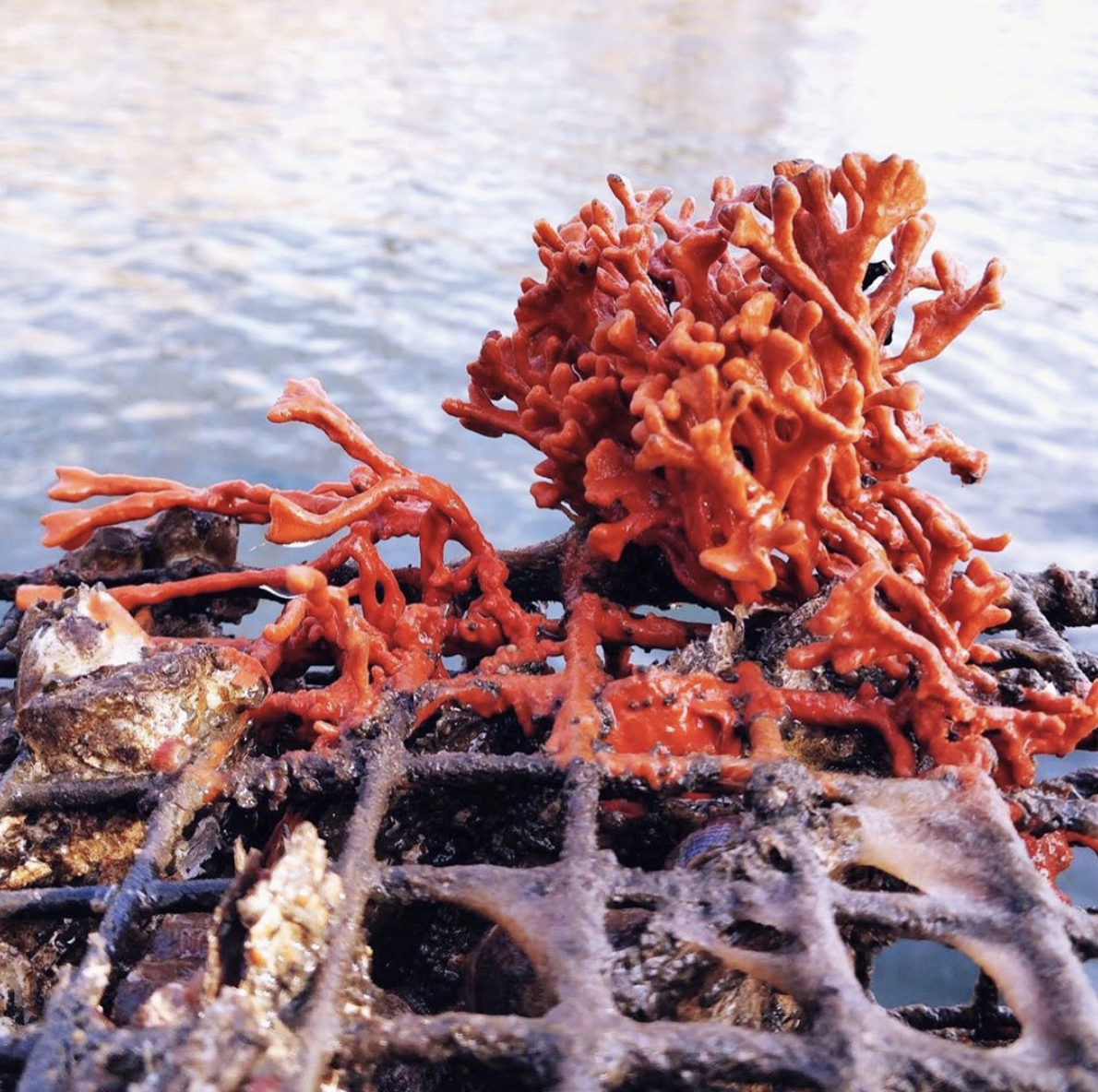< Back to LB Curriculum Homepage
Chapter 2: Living Breakwaters Life Cycles
This curriculum resource is part of a series of lessons relating to the Living Breakwaters Project and funded by the U.S. Department of Housing and Urban Development and implemented by the Governor’s Office of Storm Recovery.
Lesson Plans
KEY Resources for teachers
Introduction
Students are likely to know that caterpillars metamorphose into butterflies, and perhaps that tadpoles metamorphose into frogs. But students likely harbor the misconception that indirect development is an exception to a general pattern of direct development. This series of lessons takes advantage of the novelty and interest of indirect development, and provides multiple examples students can use to alter their conceptions of patterns of development across animal taxa.
The animals most familiar to children—mammals and reptiles, including birds—develop ‘directly’. That means that when they are born or hatch from their eggs, the young have anatomy, physiology, behavior, and ecology that is similar to that of their parents. In these taxa, the process of development from birth/hatching consists primarily of increasing in size, learning, and sexual maturation.
The major evolutionary disadvantage of direct development is that very small animals (who may also still need to learn a lot) are not necessarily well-adapted to their parents’ niche. That’s why mammals and reptiles have comparatively fewer offspring and invest more resources in each one. Mammal and reptile embryos get more food from their mothers—via the placenta or egg yolk, respectively—and many mammals and reptiles invest far more than just startup food. If they didn’t, their young would not survive to reproduction, and that is an evolutionary dead end.
By contrast, only a few animals that are familiar to children undergo ‘indirect development’, in which the young have anatomy, physiology, behavior, and ecology that is qualitatively different from that of their parents. Yet indirect development is common in marine phyla (including estuarine taxa) and in insects. This lesson presents several examples.
Larval stages can be well-adapted to their distinct niches. A widespread marine example is benthic and demersal species, most of whom have a pelagic larval stage. Regardless of what the adults eat at the bottom, these floating larvae are likely to eat plankton. Where plankton are plentiful, it can be advantageous for a species to allocate its resources to produce greater numbers of offspring—who emerge as larvae, functioning differently from their parents, allowing them to feed themselves on plankton.
But indirect development also has a major evolutionary disadvantage: during metamorphosis, the individual is especially vulnerable to predation and starvation. The individual has to locate and ‘settle’ in its future habitat. Meanwhile an in-between form may be poorly-adapted to both niches. Following the above example, a comparatively small proportion of those self-feeding planktivorous larvae will survive to settle into a benthic or demersal niche.
The central questions in the chapter for students—to which there are no singular right answers—are: Why metamorphose? Is it worth it? The information provided in the LB Life Cycle Cards gives students enough information to begin to speculate thoughtfully about answers to those questions. Ideally, in the process, they will raise many more follow-up questions, and grow curious enough to want to answer them. That is why the lesson plans place emphasis on recording students’ questions.
Ready for the next chapter?
Check out out Chapter 3 of our Living Breakwaters Curriculum.






